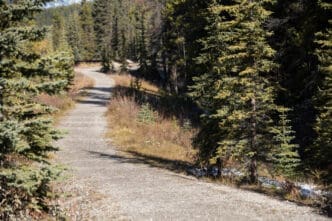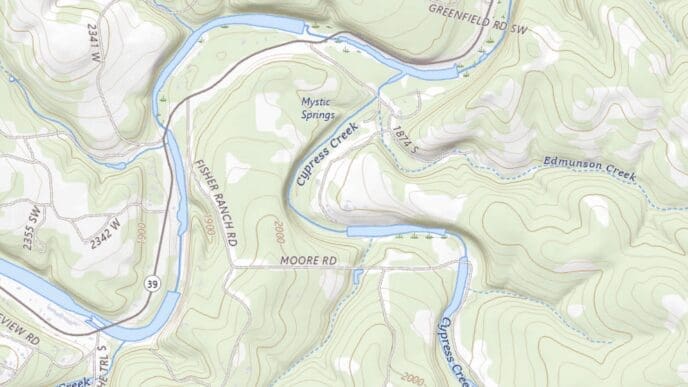Embarking on the Pacific Crest Trail presents a significant challenge for adventurers tackling the path from Southern California to Canada. The administration of the trail plays a crucial role in warning hikers about the rigorous journey that lies ahead. Recently, they have begun advising that the trail might be even more daunting due to budget cuts implemented by the Trump administration. Plans to clear fallen trees and reconstruct storm-damaged sections in 2025 have been canceled, heightening the challenges for hikers.
Backpackers starting their trek near Campo, California, have been informed of the potential difficulties, with Kipperman emphasizing safety as paramount. Parts of the 2,650-mile trail through California, Oregon, and Washington are reportedly impassable. These cutbacks are not confined to the West Coast; they also impact the Appalachian Trail on the East Coast, where funding freezes and layoffs have hindered repair efforts following damage from Hurricane Helene.
The downsizing of the U.S. government under President Donald Trump has extended its reach to remote American backcountry areas. Both the Pacific Crest Trail Association and the Appalachian Trail Conservancy, which partner with the government to preserve these trails, have expressed concern over their future existence. The U.S. Forest Service has acknowledged the situation as “dynamic and evolving,” maintaining their commitment to public safety and recreational access, which are vital to local economies.
Significant staffing reductions at the U.S. Forest Service and the National Park Service have led to the loss of trail repair specialists, with job offers for seasonal crews also being rescinded. Although federal agencies have been ordered to rehire thousands of workers, many remain skeptical about their return. This situation presents additional challenges for hikers, who may find themselves navigating through sections of the trail obstructed by fallen trees.
While the trails are not in complete disrepair, ongoing maintenance is critical, especially as wildfires and intense weather events attributed to climate change continue to take their toll. The Appalachian Trail, which recently celebrated its centennial, has a significant maintenance backlog, with more than 20 miles still closed due to storm damage. The Pacific Crest Trail has experienced nearly 250 miles of fire damage in recent years.
Despite these challenges, the association continues to employ ‘crest runners’ who provide guidance and safety tips to hikers. However, the availability of these trail stewards has been reduced due to funding constraints.
Your Takeaway
- The reduction in government support for trail preservation may prompt increased reliance on volunteer efforts and community engagement to maintain these iconic paths.
- The trail conditions on both the Pacific Crest and Appalachian Trails may deteriorate further, impacting hikers and local tourism economies dependent on trail-related activities.
- Reduced maintenance and staff cuts could lead to increased safety risks for hikers, potentially deterring some from tackling these adventurous trails.
- Local economies that rely on hiking tourism could experience a downturn due to decreased trail accessibility and increased maintenance needs.
- Environmental concerns, such as wildfires and invasive species, are exacerbated by the lack of adequate trail maintenance, potentially leading to long-term ecological impacts.














